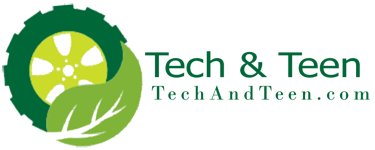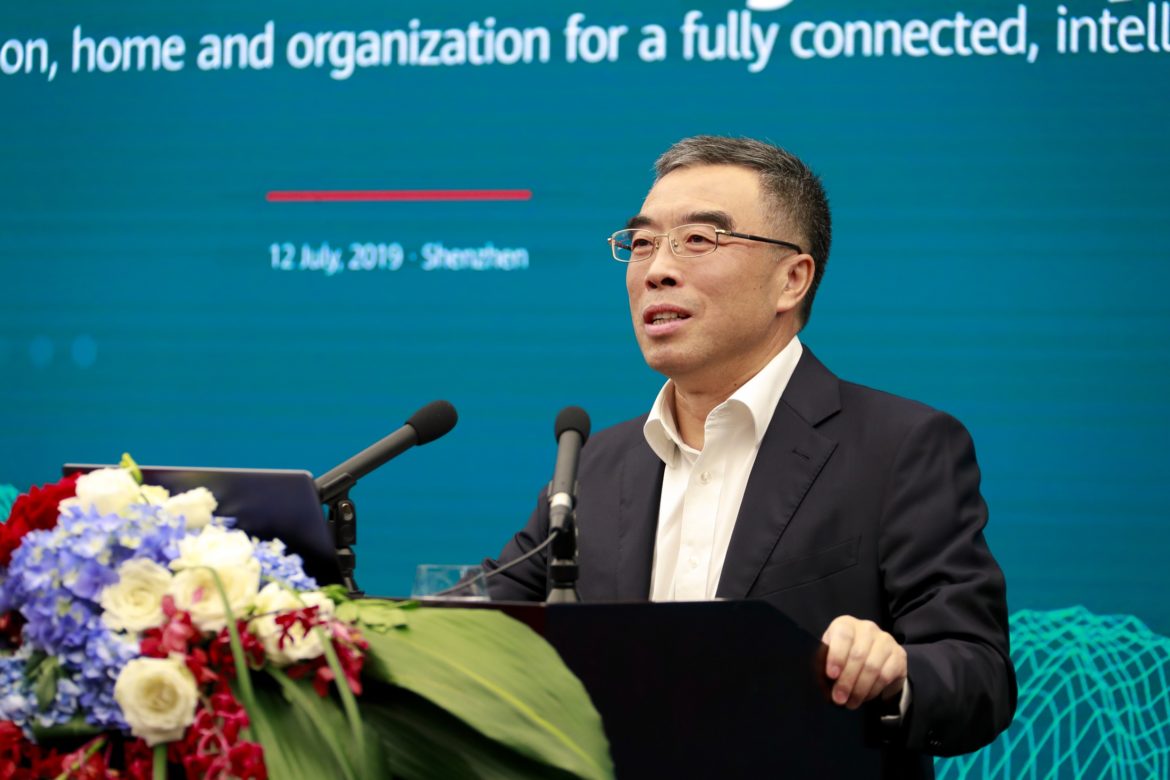Huawei released its 2018 Sustainability Report yesterday. The 2018 report explains Huawei’s four strategies for sustainability: digital inclusion, security and trustworthiness, environmental protection, and a healthy and harmonious ecosystem. Also, different initiatives taken by Huawei in Bangladesh, like the ongoing relief distribution programs, providing technical support for the development of mobile financial services and providing proper ICT based education for women empowerment in partnership with other organizations got priority in this year’s report.
Over the past year, Huawei has been working to help achieve the UN’s Sustainable Development Goals (SDGs), build a sustainable and more inclusive ecosystem with its industry partners, and execute its own sustainability strategies.
Yesterday at a report disclosure ceremony in China, Liang Hua, Chairman of Huawei, said, “Huawei has been creating value for its customers through innovation. We are doing everything we can to bridge the digital divide and meet the world’s needs for connectivity. We want to make digital services more affordable and equally accessible to all, and to do our part in contributing to social and economic development.”
To Huawei energy efficiency has become a major consideration for future communications networks and keeping this in mind Huawei has made many innovations in the course of its 5G research, product development, and engineering. Huawei has managed to reduce the power consumption per 5G site to 20% less than the industry average. This has been made possible by the new Huawei chipsets, system software, professional services, and advanced hardware and heat dissipation technologies. These innovative technologies have made Huawei’s 5G more energy-efficient. Also, to bring the benefits of digital technology to every person, home, and organization, Huawei have launched a global digital inclusion initiative called TECH4ALL.
Huawei’s new sustainability strategies include two major changes. First, Huawei has expanded its strategy of bridging the digital divide into a digital inclusion strategy. Building on connectivity, the company is now also paying more attention to applications and skills. Second, its strategy of supporting stable and secure network operations and protecting user privacy has been upgraded into the “security and trustworthiness” strategy. To protect the environment, Huawei has taken, “environment protection” strategy. Under this strategy, in 2018, Huawei used about 932 million kWh of electricity from clean energy sources, representing an emissions reduction of about 450,000 tons and to provide “healthy and harmonious ecosystem” last year, Huawei organized 177 community support programs worldwide, to support local sustainable growth.
About Huawei
Huawei is a leading global provider of information and communications technology (ICT) infrastructure and smart devices. With integrated solutions across four key domains – telecom networks, IT, smart devices, and cloud services – we are committed to bringing digital to every person, home and organization for a fully connected, intelligent world.
Huawei’s end-to-end portfolio of products, solutions and services are both competitive and secure. Through open collaboration with ecosystem partners, we create lasting value for our customers, working to empower people, enrich home life, and inspire innovation in organizations of all shapes and sizes. At Huawei, innovation focuses on customer needs. We invest heavily in basic research, concentrating on technological breakthroughs that drive the world forward.
Founded in 1987, Huawei is a private company fully owned by its employees. We have more than 188,000 employees, and we operate in more than 170 countries and regions.
For more information, please visit Huawei online at www.huawei.com

